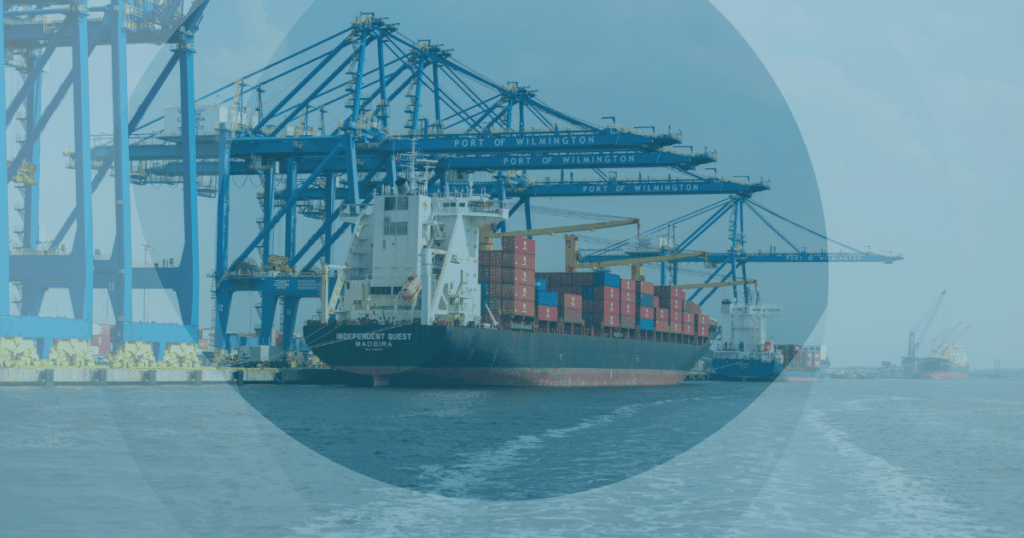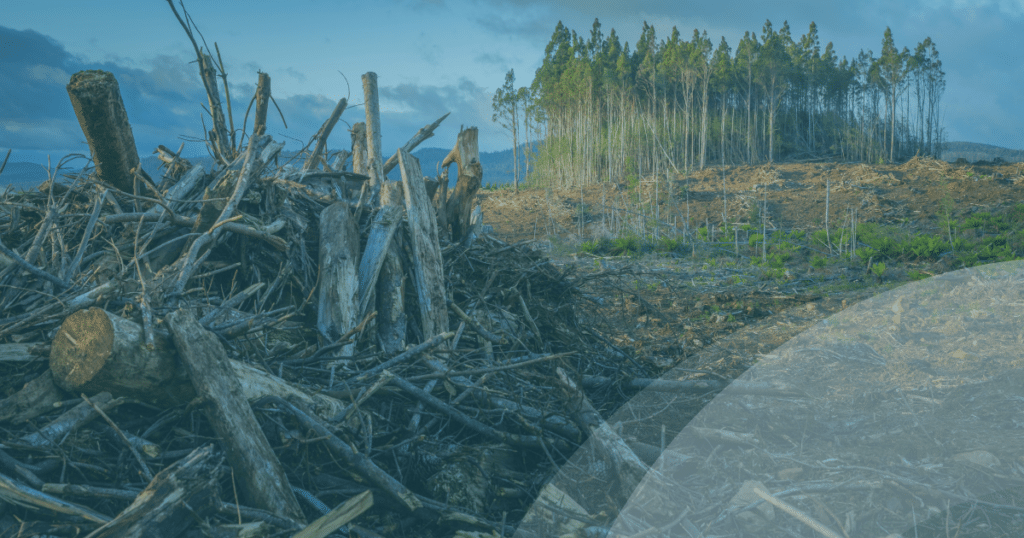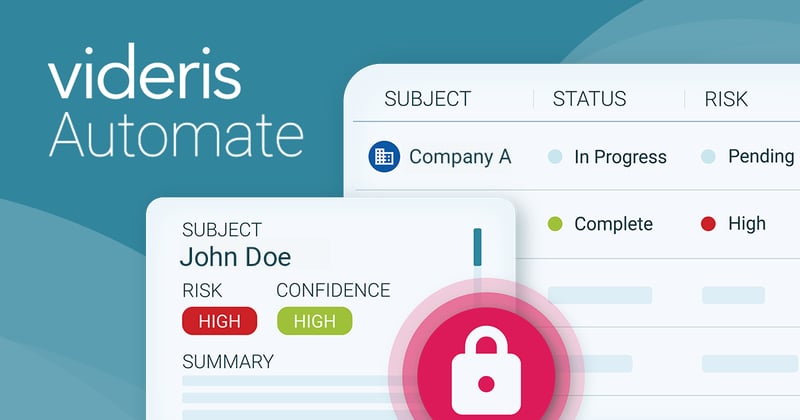Environmental Investigations: An Introduction
As we gain a better understanding of how our activities impact the planet, we have a moral and social obligation to take positive action. Because of this, more investigators are turning to the environment as a topic of research.
Within this field, they might investigate the causes of issues such as:
- Deforestation and illegal logging
- Oil spills
- Wildlife trafficking
Thanks to developing laws surrounding environmental protection, these are now a form of criminal investigation in many cases. By uncovering who is behind such incidents, the perpetrators can be held to account and laws enforced.
The Emerging Impact of Environmental Compliance Regulations
Beyond the ethical obligation to protect the planet, many organisations will soon have additional reasons to engage in environmental investigations. Environmental accountability is a core focus of the EU’s Corporate Sustainability Due Diligence Directive (CSDDD). It states that firms must have full visibility of environmental risks in the supply chain and mitigate any that they find. Consequently, environmental investigations will soon become an important focus for many more organisations as firms race to remain compliant.
OSINT’s role
In this article, we’ll discuss the role Open Source Intelligence (OSINT) plays in environmental investigations. Read on to understand why it’s crucial here, from identifying oil spills to mapping corporate networks to understand who’s behind instances of deforestation.

Why OSINT?
OSINT allows investigators to go beyond internal databases and official reports, which is crucial in environmental investigations.
Usually, the companies and individuals reponsible for environmental crimes know that what they’re doing is wrong. However, they want to protect their reputation and continue to see profits. This means they will likely take intentional steps to conceal their involvement from official channels. Such channels, therefore, will only contain limited insights. Investigators need to use open source information to get a full picture of who is behind environmental breaches.
In some cases, companies with trusted environmental certifications have later been found guilty of wrongdoing. As a consequence, environmental investigators can’t take anything for granted: they must dig deeper themselves. This makes OSINT even more important.
Suggested reading: organisations sometimes voice concerns that the unregulated sources that OSINT uses are unreliable. However, this is a misconception – learn more in our article Is OSINT Reliable?
Identifying Environmental Wrongdoing with OSINT
Within environmental investigations, information from open sources can act as seed intelligence. In other words, it can alert the investigator to environmental wrongdoing and provide the initial motivation for an investigation.
Satellite Imagery
Perhaps the best example of this is the use of satellite imagery to identify oil spills (see Bellingcat’s guide on this) and deforestation. Serious incidents will be easily visible from these sources, which are often publicly available.
Following the identification of an incident, investigators can use OSINT to obtain further information to guide their research. Carefully analysing the image reveals the legitimacy and size of the spill.
News and Social Media
Reports of environmental incidents can also motivate proactive investigation. For some firms, reports might fall into the category of internal data. However, many investigators first hear about incidents through open sources such as social media and the news.
Additionally, some environmental criminals advertise their wares on internet marketplaces and social media. Dedicated investigators can spot these listings and monitor who interacts with them. This allows them to understand who might be involved in trafficking networks, whether as a seller or consumer.
Suggested reading: Learn more about how wildlife trafficking networks operate by watching our webinar.

Uncovering Responsible Parties
OSINT isn’t just useful for identifying environmental wrongdoing. It can also play a pivotal role in uncovering who is behind such transgressions.
Unravelling Supply Chains
In many environmental investigations, corporate records are key to understanding perpetrators’ identities. Most people profiting from environmental wrongdoing purposely conceal their involvement through the use of shell companies and complex corporate structures which obscure beneficial ownership.
Usually publicly available or licensable, corporate records help investigators to understand corporate structures and supply chains. They’re a crucial tool in uncovering who is benefitting from environmental crimes and therefore who is responsible.
Leveraging Transit Data
Much transit data, particularly shipping data, is open source. Most notably, it’s been used in recent investigations into oil spills from shipping vessels to uncover who might be responsible. However, transit data has uses in other types of environmental investigations, too. In theory, investigators can use it to track large shipments of goods obtained from environmental wrongdoing – for example, illegal logging – to discover which supply chains it enters.
Fighting Financial Crime
Environmental crimes take place to generate profits, and these profits must sometimes be laundered to become part of the financial system. This means that environmental crimes are considered a predicate crime of money laundering. Anti-financial crime (AFC) processes in private and public sectors are therefore crucial in fighting environmental crimes.
AFC teams should use OSINT to add more context to their investigations, including:
- Onboarding checks: OSINT helps institutions gain a better understanding of a high-value or corporate customer’s potential risk from the very beginning. By building out full view of these customers’ connections, financial institutions can understand where wrongdoing may occur.
- Suspicious activity investigations: Using OSINT, investigators can better understand the source and legitimacy of funds.
AFC teams can fight financial crime more effectively with OSINT. This means they’re more likely to catch environmental criminals as they attempt to launder proceeds.

The Future of OSINT-led Environmental Investigations
Traditionally, NGOs and Government organisations have been the main bodies responsible for undertaking environmental investigations to uphold laws.
However, as new regulations come into effect in multiple regions, corporations will have a bigger role to play. The consequences for benefitting from or contributing to environmental crimes at any point in the supply chain are becoming more serious, meaning corporations will need to take environmental investigations more seriously.
Regardless of the organisation undertaking the investigation, OSINT will remain crucial in unmasking those responsible for environmental wrongdoing. In fact, as the amount of publicly available information grows, OSINT is likely to become even more important here.
A further trend we’ll see emerge within OSINT-led environmental investigations is an increased use of technology. Without technology, it’s hard to understand complex corporate networks and make sense of the wealth of open source data available. With the right technology, though, investigators can transform publicly available information into valuable intelligence, effectively uncovering environmental crimes and their perpetrators.
Book a demo today to see how innovative OSINT technology empowers investigations teams to unlock deeper insights.



